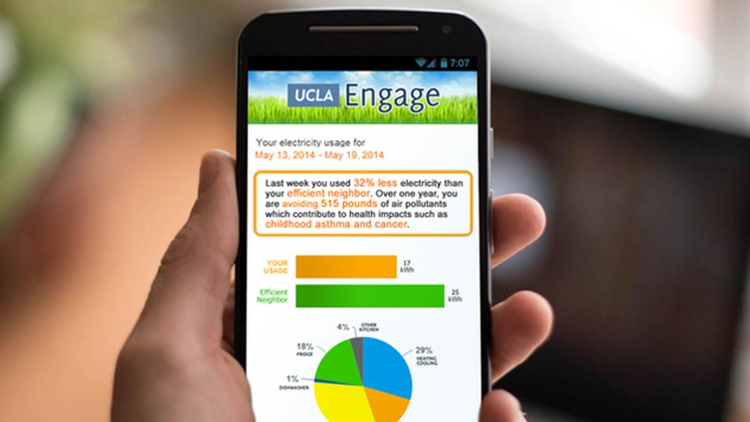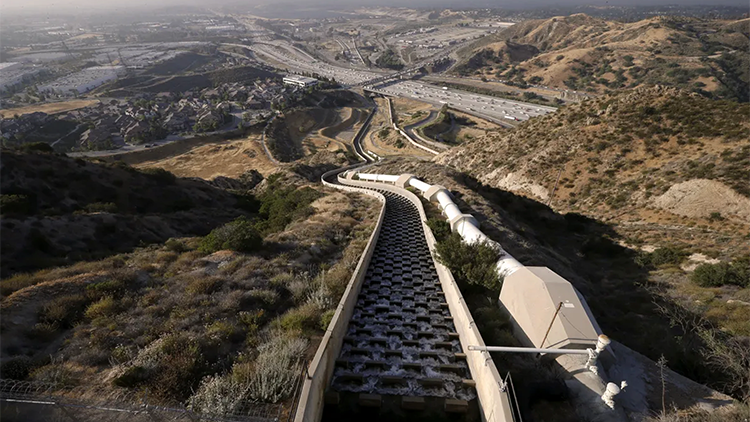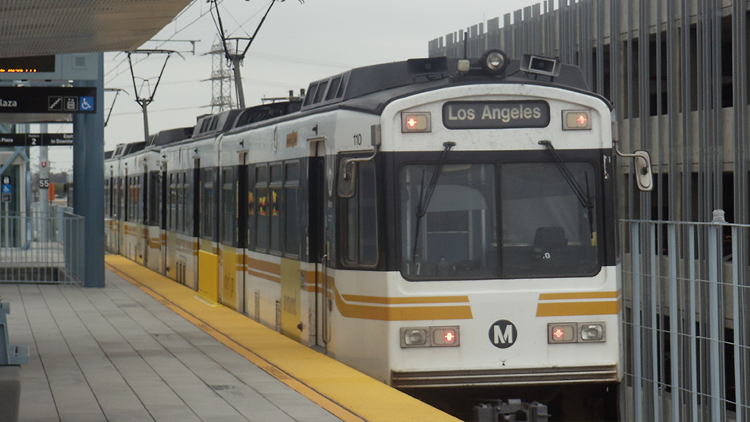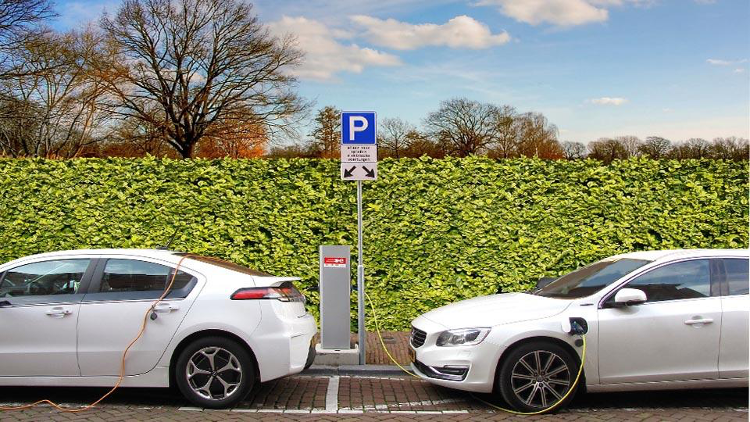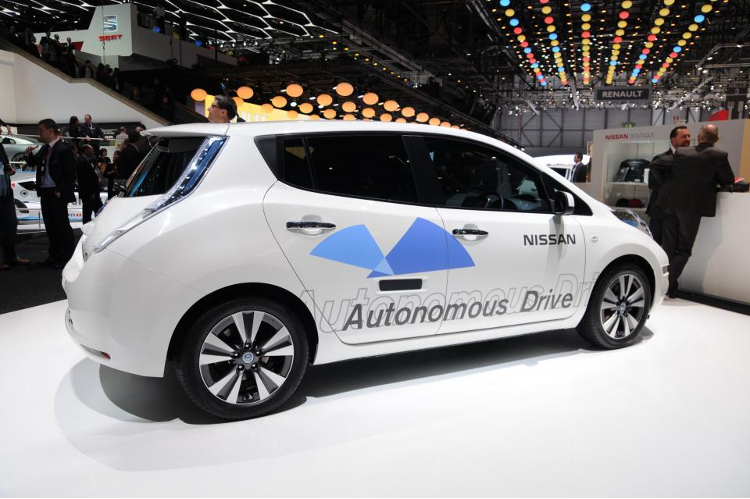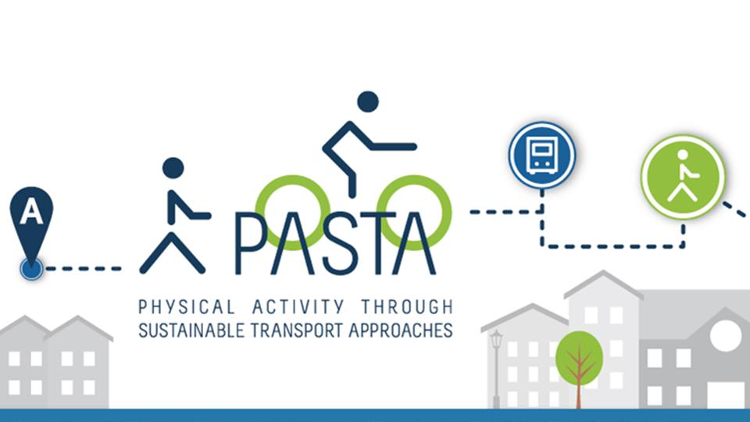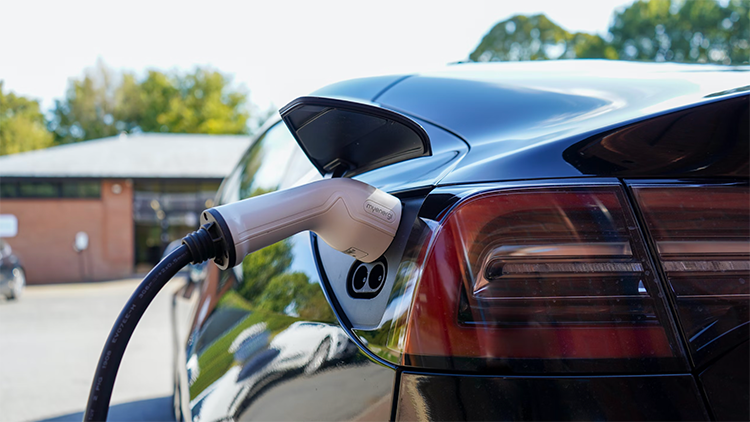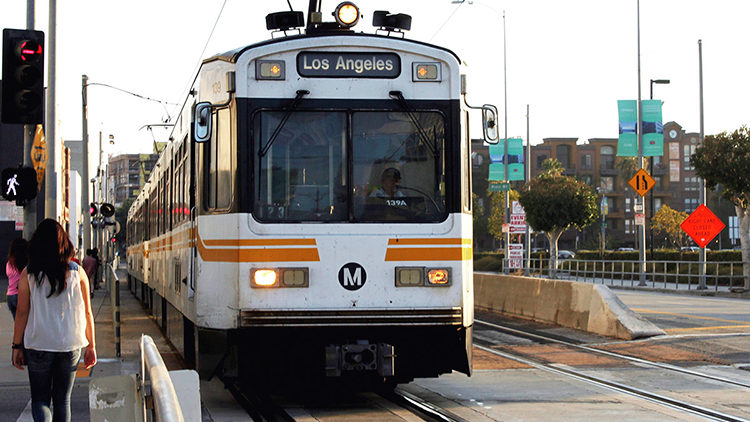
This project sought to answer what the overlaps between sustainability and equity are within the context of development projects at L.A. Metro. There is transit-oriented affordable housing being developed along the Metro A Line (formerly Blue) in disadvantaged communities. The purpose of this project specifically was to assess the sustainability and equity concerns of the residents in Watts.
Award Year

